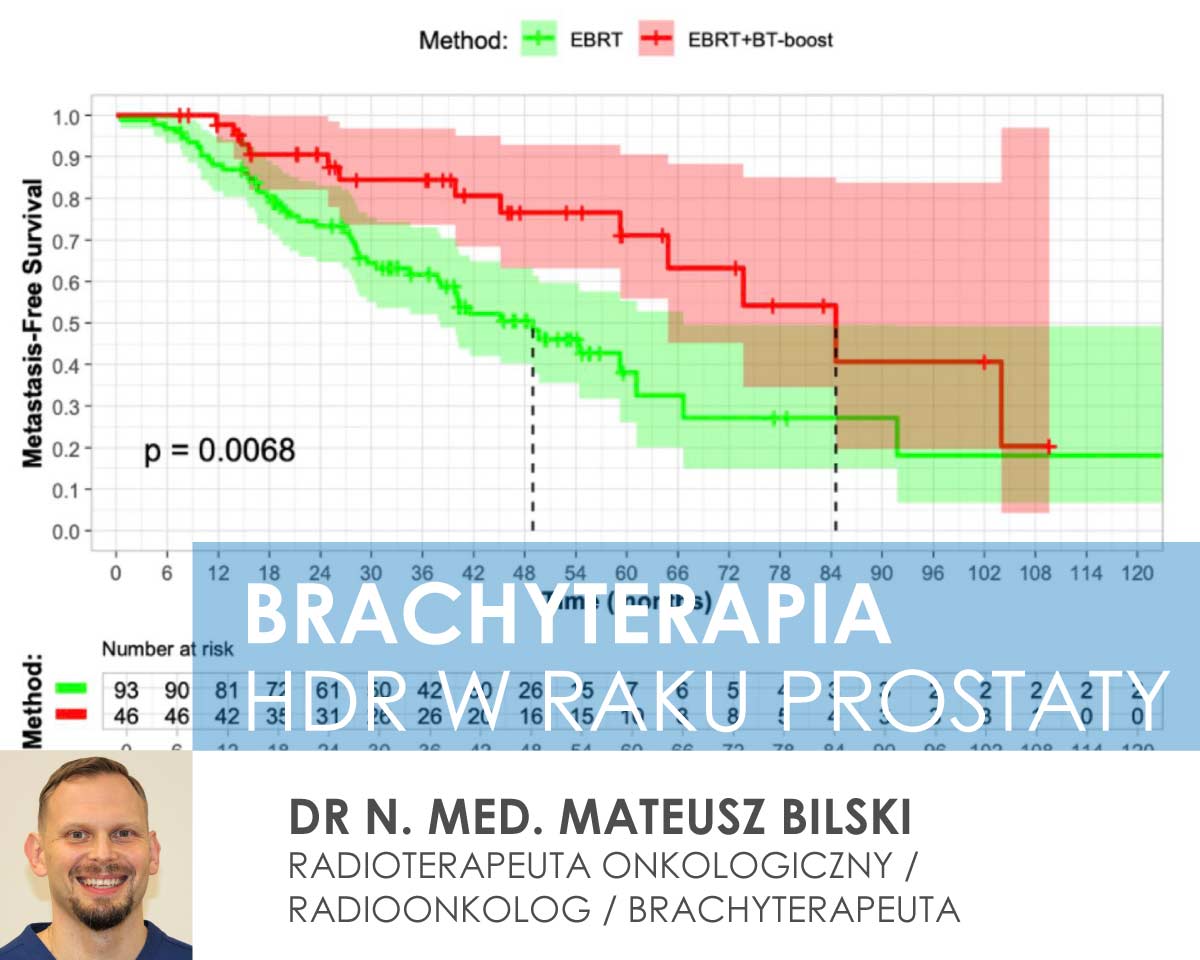
Exciting News from the MUREBRANO Study!
We are thrilled to share our latest findings on Prostate Dose Escalation with HDR Brachytherapy in Node-Positive Prostate Cancer, recently published in Radiotherapy and Oncology (the Green Journal) – Europe’s most prestigious radiotherapy journal.
A huge thank you to ESTRO for highlighting our results, the Polish Brachytherapy Society 7 WRZESNIA
(PTB), and to all coauthors for their incredible dedication to this project!
Why this matters:
Node-positive prostate cancer (cN1) is one of the most challenging scenarios in uro-oncology. Historically, treatment has focused on systemic therapy, but our study shows that aggressive local therapy still matters, especially for high-grade tumors.
Key insights from MUREBRANO:
We analyzed 360 patients across 8 Polish centers, comparing standard EBRT + ADT vs. EBRT + ADT + HDR brachytherapy boost.
In the overall population, HDR boost didn’t significantly change survival outcomes.
BUT in patients with ISUP 4–5 tumors, HDR boost dramatically improved overall survival (median 104 vs. 66.6 months!) and metastasis-free survival (median 84.6 vs. 48.9 months!), without increasing high-grade toxicities.
HDR boost had lower late GI toxicity rates thanks to the precise, high-dose delivery directly to the prostate (2.5% vs. 10.9%).
Why HDR boost works:
It delivers ablative doses >100 Gy to aggressive tumor clones that often drive progression.
May enhance systemic anti-tumor immunity, potentially turning the prostate into a “trigger” for immune response.
Aligns with previous landmark studies (ASCENDE-RT, Miszczyk et al.), extending the concept to node-positive disease.
For patients with high-grade node-positive prostate cancer, HDR brachytherapy boost is a game-changer—maximizing local control, sparing healthy tissue, and opening doors for future multimodal strategies including immunotherapy.
This is the strongest real-world evidence to date supporting the use of HDR boost in this challenging setting. Our work shows that tumor biology should guide therapy intensity, not just disease stage.
https://pubmed.ncbi.nlm.nih.gov/40882818/
